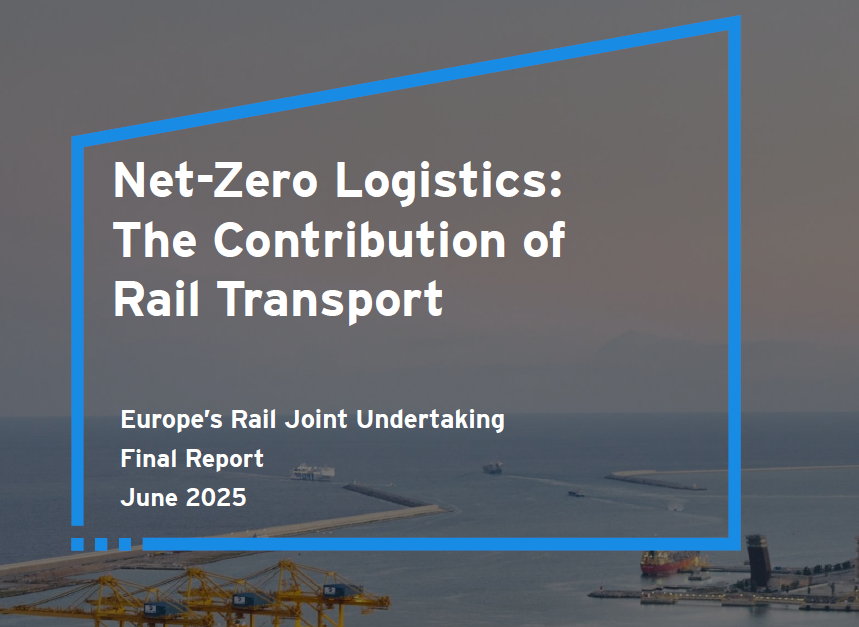Europe must take decisive steps to simplify and modernise its rail systems to strengthen competitiveness,...
Moving Block Enhancement Proposals
Description: This deliverable aims to finalise the exploration and integration of key technologies, including Moving Block signaling systems. The deliverable extends the Moving Block specifications of the project by evaluating the various enhancement proposals for the current conception of the highest specification level of the European Train Control System (formerly ETCS Level 3) and assessing their potential technical scope. The six identified enhancement topics are first described regarding their technical background before relevant assumptions are made for their implementation. An assessment of the influence of each topic on the Moving Block Specifications and on the ETCS is then provided, whereby a distinction is made between minor (editorial), medium (small changes), and large (significant changes) influences. Various technical specifications are discussed, from a Mobile Object Locator and Standstill Reporting to a proposal for Automatic Driving.
Target audience: Rail Infrastructure Managers, Railway Operators, Railway Signalling Suppliers
How it brings us closer to achieving better rail for Europe: The deliverable contributes to an even faster and broader application of new technologies in the field of control, command, and communication systems. It initiates the further development of Moving Block signaling systems. These are considered a key technology for increasing line capacity and thus facilitating the flexibility of passengers or freight train operations. In addition, they can reduce costs through technological building blocks and thus lower the overall life cycle costs of the rail sector. For this reason, the deliverable, as part of the project X2RAIL-5, contributes directly to the objectives and climate goals of the EU.
More information on this topic: X2RAIL-5
Validation Report on Zero On-Site Testing
Description: In X2RAIL-5 a testing architecture with standardised and proprietary interfaces was advanced to bring tests from on-site to the lab. This deliverable, concluding the work of the Technology Demonstrator, describes the activities and results of tasks performed on ‘Demonstrator and Prototype Enhancement’. The existing test architecture was first analysed for its flexibility and fulfillment of conditions before subsystems to be added to the test architecture were identified and open calls were carried out with all representatives of the technical demonstrators. The deliverable describes this development and testing of additional demonstrators and prototype improvements from seven areas. These technologies are considered to be game changers in the industry, such as moving block signaling systems or automatic train operation. It finalises the previously developed general architecture, the communication model and validates the test environment with its interface specifications.
Target audience: All Rail Stakeholders
How it brings us closer to achieving better rail for Europe: System and Integration Tests (SIT) are considered a fundamental method of system verification in many industrial sectors. However, train signaling systems are complex, and sites can vary widely, so many tests may be required. Experience has shown that their cost and time can add up to half of the total project effort. Similar laboratory tests would only require a fifth to a tenth of this effort, making on-site testing an important approach for reducing overall testing costs. The deliverable presents the activities to create such a test environment in the X2Rail-5 project to further support automated laboratory testing. It shows that the defined test architecture has the capacity and functionality to support a wide range of new test scenarios and thus contributes to drastically reducing the need for tests in operational train operations. Long-term deployment across Europe and in all railway market segments offers significant time and cost savings without compromising safety.
More information on this topic: X2RAIL-5
Presentation of the Talgo Carbody
Description: PIVOT2 addresses carbody shells as a key technology and evaluates innovative composite technologies in this area with the help of test campaigns. This includes the continuation of the design, manufacture, and testing of three demonstrators. This deliverable concludes the full-scale demonstrator of a high-speed rail. It first specifies the technical characteristics of the composite carbody of an intermediate coach of Talgo 350 with a technical readiness level of 6, before mapping the composition process with the help of pictures. The deliverable then describes the configuration and results of the bench static test of the specimen, which is based on the typical homologation criteria of the European standard EN 12663-1. Overall, it demonstrates that the use of carbon fibre composites for primary structural components is possible. This results in a significant weight reduction of the overall carbody by up to 20 %, representing a great success for the project.
Target audience: Rail Infrastructure Stakeholders
How it brings us closer to achieving better rail for Europe: To be attractive to passengers, rolling stock must be comfortable, reliable, affordable, and accessible. At the same time, it must fulfill the requirements of railway undertakings, urban operators, and sustainability efforts. Current vehicle solutions are reaching their enhancement limits, which is why a new generation of passenger trains is needed today making them not only reliable, attractive, and safe, but also of high quality, durable, and cost-efficient. The deliverable presents the materialisation of such an innovation and shows its considerable improvement potential. Thanks to a significant weight reduction, trains can become more energy efficient and more comfortable for passengers in the future. The deliverable thus makes a direct contribution to the fulfillment of the cost, capacity, and performance targets of Shift2Rail.
More information on this topic: PIVOT2
















